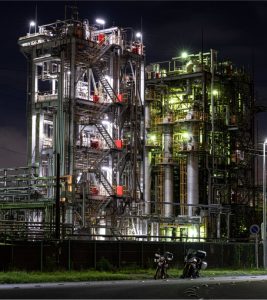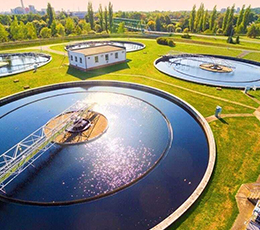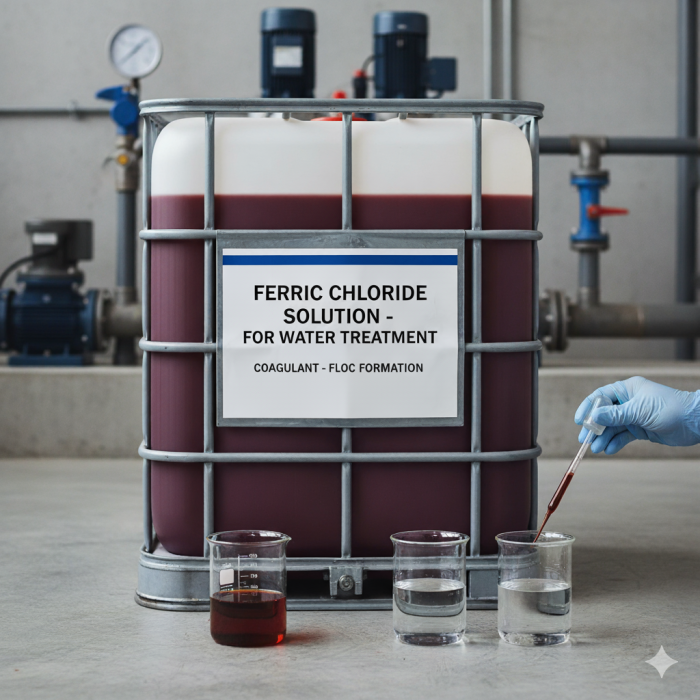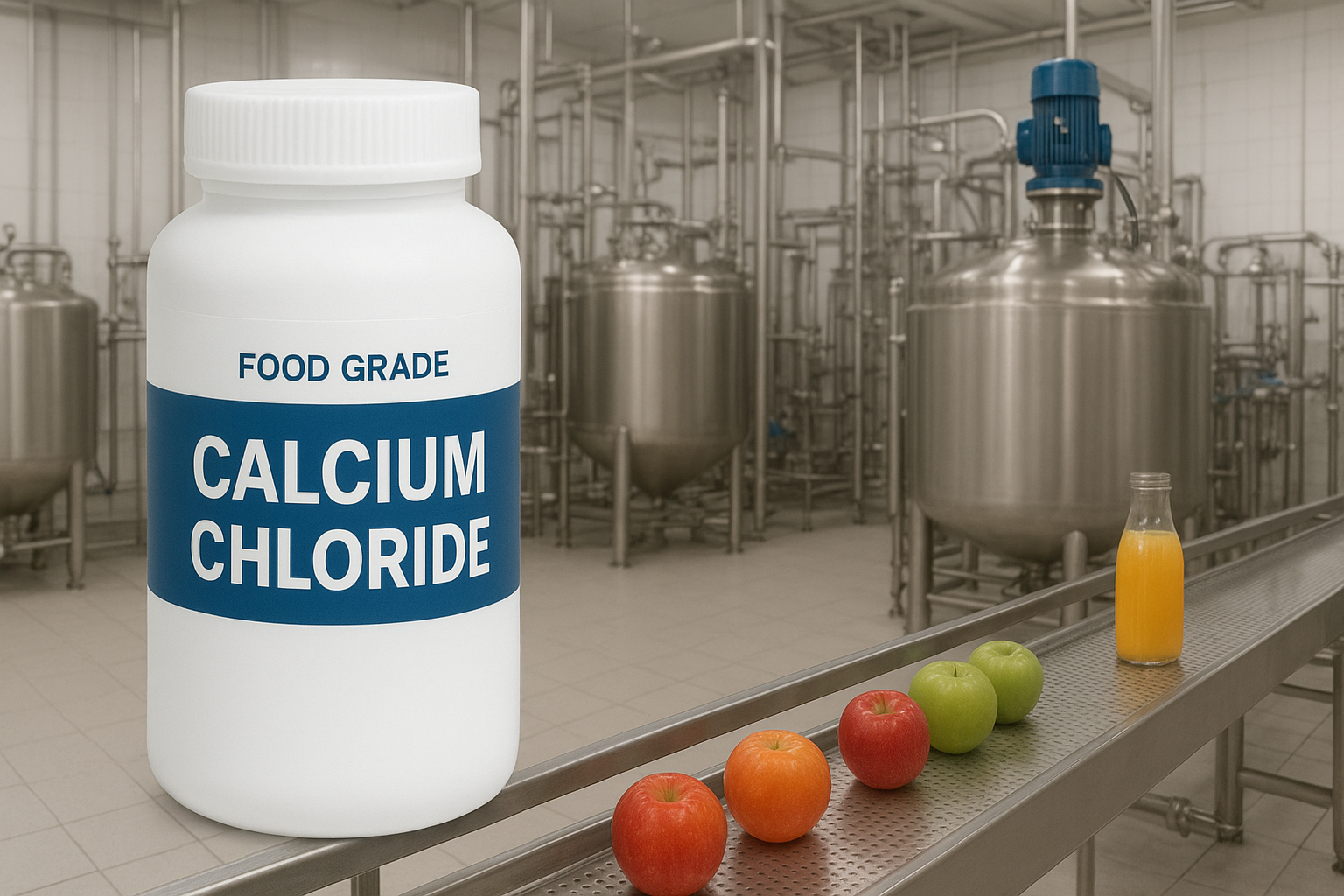We can all agree that clean and safe water is vital for our health, environment, and industries. Every drop we use must go through a careful purification process to remove dirt, chemicals, and harmful substances.
One chemical that plays a key role in this purification process is ferric chloride. Known for its strong ability to bind and remove impurities, ferric chloride in water treatment is trusted worldwide for both municipal and industrial use.
In this article, we’ll explore what ferric chloride is, why it’s used in water and wastewater treatment, and how it compares to other treatment agents like alum. You’ll also learn about its dosing, reaction with water, and why suppliers like Globex Venture are essential partners in ensuring clean, safe, and sustainable water systems.
What is Ferric Chloride?
Ferric chloride (FeCl₃) is a dark brown or orange chemical compound made from iron and chlorine. It easily dissolves in water, forming a yellowish solution known as ferric chloride solution.
When ferric chloride and water react, the solution becomes acidic and produces iron(III) hydroxide, which helps remove impurities during treatment.
In simple terms, ferric chloride acts like a magnet that pulls unwanted particles together so they can be removed from water.
Why Is Ferric Chloride Used in Water Treatment?
Ferric chloride is mainly used in water treatment to clean water by removing dirt, suspended particles, and other impurities. When added to water, it forms a substance called iron(III) hydroxide, which clumps together tiny particles so they can be easily removed by settling or filtering. It also helps remove phosphorus, reduce water color, and make sludge easier to handle.
The use of ferric chloride in water treatment has several advantages:
- Removes Suspended Solids: Ferric chloride causes suspended solids in water to aggregate and settle out. This process, called flocculation, reduces turbidity and makes water clear.
- Controls Odor and Color: It reacts with dissolved organic materials and pigments, improving water color and reducing unpleasant smells.
- Phosphate Removal: Ferric chloride binds with phosphates in water, preventing excessive algae growth in rivers and lakes.
- Effective Across pH Levels: Ferric chloride works in a wide range of pH conditions, making it suitable for various water sources.
How it Works:
- Coagulation: Ferric chloride makes small particles in the water stick together.
- Flocculation: These particles join to form larger clumps called flocs, which are easier to remove.
- Separation: The flocs settle at the bottom or are filtered out, leaving cleaner water.
How to Use Ferric Chloride in Water Treatment
Correct ferric chloride dosing in water treatment is essential for optimal performance. Too little may be ineffective, while too much can increase treatment costs and cause secondary issues. Here’s a simple overview:
- Pre-Treatment: Measure the water’s turbidity, pH, and contaminant levels.
- Dosing: Add it slowly into the water. Automatic dosing systems are commonly used in large treatment plants.
- Mixing: Ensure proper mixing to allow it to react with impurities.
- Flocculation: Allow time for particles to aggregate into flocs.
- Filtration and Settling: Remove the flocs through settling tanks or filters.
Using a Ferric Chloride solution prepared according to supplier recommendations ensures consistent results. That’s why professional suppliers like Globex Venture provide guidance on correct dosing for every application.
Key Uses of Ferric Chloride in Water and Wastewater Treatment
The applications of ferric chloride in water treatment are diverse and cover both drinking water and wastewater:
- Municipal Water Treatment: Helps remove suspended solids, color, and odor from city water supplies.
- Industrial Wastewater Treatment: Used in factories, chemical plants, and power plants to remove heavy metals, oil, and grease from wastewater before discharge.
- Phosphate Control: Prevents eutrophication in lakes and rivers by removing excess phosphates from treated water.
- Sludge Conditioning: It improves the dewatering process of sludge, making disposal more efficient.
- Chlorine and Ferric Chloride Solution: In some treatment systems, it is combined with chlorine for enhanced disinfection and purification.
Alum vs Ferric Chloride for Water Treatment
A common comparison in the industry is alum vs ferric chloride for water treatment. Both chemicals are used as coagulants, but there are some differences:
| Factor | Alum | Ferric Chloride |
| Efficiency | Works well but slower | Works faster and removes more impurities |
| Sludge Volume | Produces more sludge | Produces less sludge |
| pH Range | Works best in neutral water | Effective in a wide pH range |
Overall, ferric chloride is preferred when higher performance and lower waste are needed.
Advantages of Ferric Chloride in Water Treatment
- Efficient and Fast: Reduces turbidity and contaminants quickly.
- Cost-Effective: Requires lower quantities compared to other coagulants.
- Versatile: Works in various water qualities, temperatures, and industrial conditions.
- Environmental Benefits: Removes phosphates and heavy metals, reducing environmental pollution.
- Enhances Disinfection: Improves the performance of chlorine and other disinfectants by removing interfering particles.
These benefits make ferric chloride in water treatment a preferred choice for municipal and industrial applications worldwide.
Choosing the Right Ferric Chloride Supplier
Selecting a reliable ferric chloride supplier is critical to maintaining consistent water treatment operations. Key factors to consider include:
- Quality and Purity: Ensure the ferric chloride meets industry standards.
- Technical Support: Suppliers should provide guidance on dosing, handling, and safety.
- Supply Reliability: Continuous availability is important for uninterrupted water treatment.
- Competitive Pricing: Cost efficiency is crucial, especially for large-scale operations.
- Customization: Some suppliers can provide pre-diluted ferric chloride solutions for specific plant requirements.
For high-quality ferric chloride and expert support, trusted suppliers like Globex Venture can help meet your water treatment needs efficiently.
Conclusion:
The role of ferric chloride in water treatment cannot be overstated. From flocculation and phosphate removal to improving filtration and sludge management, this chemical is an essential tool for modern water and wastewater treatment systems.
Using ferric chloride ensures:
- Faster and more efficient contaminant removal
- Reduced operational costs
- Enhanced water safety and quality
If you are searching for a dependable ferric chloride supplier, Globex Venture offers high-quality solutions for all water treatment applications. Their expertise ensures that your plant runs efficiently while maintaining high water standards.
📩 Get in touch
📩 Email: info@globexventure.com
🌐 Website: www.globexventure.com
📞 Call: +91 92270 07600 / +91 76003 86854




